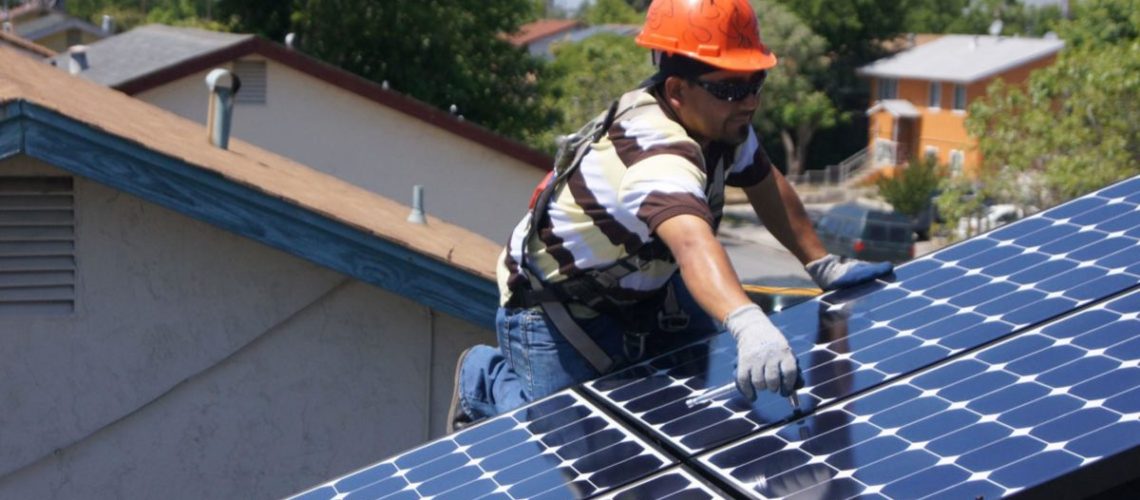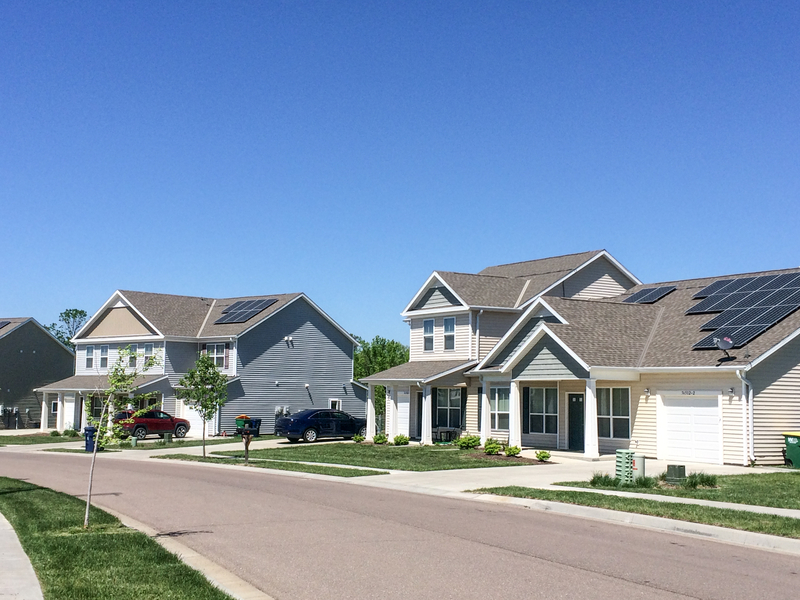A group of researchers has proposed a new method for the sizing of PV systems that do not rely on an anti-dump system and operate without the possibility of injecting power into the grid. The novel approach requires an estimate of the annual hourly profile and the minimum power demanded, as well as the use of an irradiance meter and an electrical network analyzer.
From pv magazine Global
Researchers at the Dominican research institute Instituto Especializado de Estudios Superiores Loyola (IEESL) have outlined a new methodology for rooftop PV system sizing in markets without net metering or feed-in tariffs, where all energy produced by the solar array must be self-consumed.
In the study “Sizing of photovoltaic systems for self-consumption without surpluses through on-site measurements: Case study of the Dominican Republic,” published in Renewable Energy, the research team explained that their novel approach is intended for small-sized PV systems for 100% self-consumption without an anti-dump system. In these systems, the output cannot exceed a household’s electricity demand, since no mechanism prevents injection into the electrical grid.
These systems require an estimate of the annual hourly profile and the minimum power demanded, as well as the use of an irradiance meter and an electrical network analyzer. “The relevance of the proposed methodology lies mainly in the fact that the capital cost of the PV system without an anti-dump system is lower compared to a system with an anti-dump system and with conventional net metering systems,” the researchers explained.
They used, in particular, a Fluke IRR1-SOL Solar Irradiance Meter to measure irradiance and temperature and the Fluke 1378 grid analyzer, which is commonly utilized for industrial demands where the current is tens to hundreds of amperes. The modeling is carried out in an Excel spreadsheet on the monthly energy generated by the PV system for 25 years, factoring in PV module efficiency losses.
“In the step of the PV self-consumption analysis, the energy generated, the avoided CO2 emissions, the energy demand from the electrical grid, the rate of self-consumption and self-sufficiency are calculated,” the academics stressed. “In addition, in the last step, an analysis of the economic feasibility of the installation is carried out, using the net present value (NPV) method, the investment return rate (IRR) and payback time (PBT) as indicators for the case study.”
The team tested the approach through a case study in the province of San Cristóbal, in the southern part of the country. Its analysis considered a household of two adults and three children and the deployment of a 1 kW PV system with a tilt angle of 20 degrees, with the annual power production being estimated at 1,578.5 kWh by the PVwatts Calculator.
As the proposed method seeks to identify the highest alternating current power that a PV panel can output involves irradiance measurements on any given day, the academics proposed a correction factor to estimate the maximum output power during the year. “In this case, the correction factor was 1.044, with which the maximum output power in the year resulted in 131.5 W out of 150 W,” they specified.
They also found that the 1 kW system without anti-dump was profitable, with its BPT being 4.57 years, The IRR was found to be 23.4% and the self-sufficiency rate (SSR) was estimated at 5.0%. “The deployment of this type of self-consumption is not viable for customers with consumption of less than 252 kWh/month,” they warned, noting that the selected household had an an average demand of 394 kWh/month.






